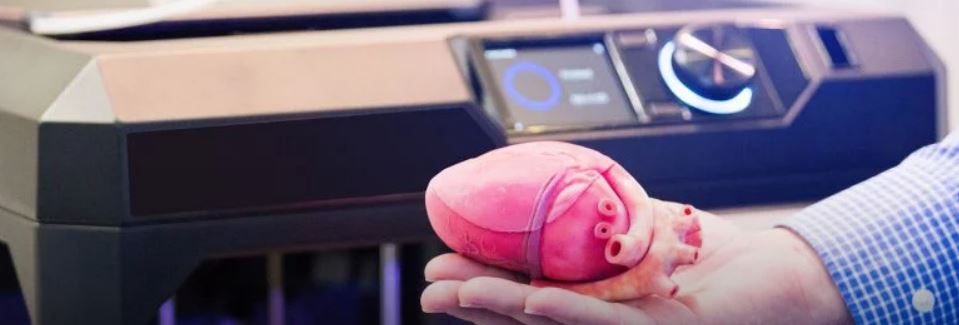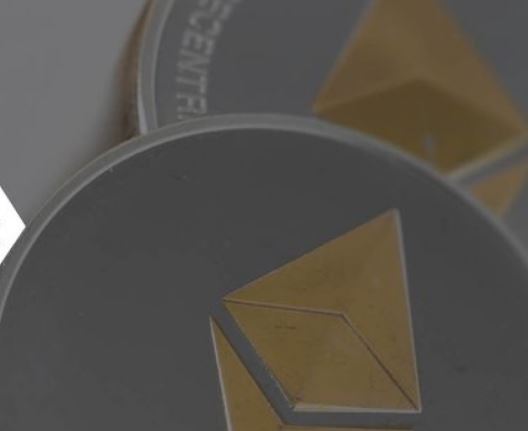3D Printing Could Be Blockchain’s True Game-Changer

After multiple proofs of concept, pilots and early rollouts, supply chain management is emerging as the killer app for enterprise blockchain technology, the very first to be “going live” – to cite the theme of this year’s Consensus conference.
But while multiple blockchain projects worldwide are demonstrating how smart contracts, data sharing protocols and cryptographic traceability can unlock trade finance, improve risk management, streamline customs processing and boost transparency, the biggest change for global trade is yet to come.
That will be when the Internet of Things, 3D printing and other automating technologies finally free manufacturing from the constraints of geography. At that moment, blockchain technology could come into its own, enabling an entirely new paradigm of decentralized, on-demand production and forcing a realignment of global economic power.
Reaching this new paradigm requires advances in all these technologies. But just as importantly, it will require manufacturers to adopt a more open-minded approach toward optimizing the balance between competition and collaboration and toward the role that blockchains can play in finding that.
As of now, big manufacturing, shipping and trading companies tend to view supply chains from a proprietorial perspective. They talk about their supply chains as if they are a club that suppliers join only after pre-certification establishes a trusted relationship with the buyer.
Inevitably, these businesses are favoring permissioned blockchain systems, with the distributed ledger either managed by a single, centralized party such as a major retailer or producer or validated collectively by a consortium of those same pre-established suppliers. Permissioned blockchains reinforce the “clubbiness” of the shared enterprise.
But when additive manufacturing eventually makes it possible to rapidly respond to customized orders anywhere in the world by spinning up production in the customer’s neighborhood, manufacturers will need to quickly onboard 3D-printer providers – including many with which they have not established bonds of trust.
In that case, a permissioned blockchain could backfire, as the validators’ instinct could be to exercise their collective gatekeeping powers to protect their own market interests against those of the outsiders. Revenue opportunities would go wanting.
By contrast, enterprises that take a more open approach to business partnerships may find that a permissionless system gives them a competitive advantage over the permissioned supply chain clubs.
If 3D-printing machines can be uniquely identified with cryptographic primitives, and if their transactions, data emissions and overall performance can be logged to a registry that’s trustlessly notarized in a permissionless, open-access blockchain, then users of such a system could enjoy a very fluid onboarding process, making it much easier to respond to customer demand when it arises.
Brave new world
Clearly, this all depends upon significant technological improvements to make permissionless blockchains enormously more scalable – including the development of payment channels and interoperability protocols such as lightning and other “layer two” technologies.
It will also require standards for certifying in-built chips, so that the interconnected printing machines, sensors and other devices that will form these high-tech manufacturing networks can reliably provide the data upon which this system of decentralized trust will depend.
So for now, this scenario exists only in the imagination. But the thought experiment is useful, as it paints a dramatically different picture of the global economy, one that will raise a whole new set of challenges.
One of those was foreseen by an innovation team at precision parts manufacturer Moog Inc. when it conceived of its Veripart solution for 3D-printed parts. Specifically, Moog realized the need to ensure the integrity of the software files shared with different printing machines, to know that flaws haven’t been introduced into 3D-printed products, whether by hackers or human error.
It’s a problem that, as the Moog team recognized, also requires a blockchain-like system of distributed trust with which to track the development of the software code as it passes from one engineer to another.
If these changes occur, they would significantly alter the ownership structure of entire manufacturing industries. Labor-intensive factories and assembly lines would be a thing of the past, and there would be many fewer stages in the production chain from primary material extraction to finished product. Importantly, the intellectual property attached to the varying designs of highly customizable products would have an elevated importance.
One can foresee supply chains shifting away from today’s sequential, iterative processes of production – where goods shift downstream as payments go upstream – toward more of a teamwork-driven model. Manufacturing could be the result of a collaborative effort between various owners of different pieces of IP, each claiming a pre-agreed proportion of revenues from the end sale, paid out via a smart contract. Think of how contributors to a movie or music project are paid royalties and you get the idea.
(For more on blockchain technology’s role in this “demand chain” future, read a forthcoming essay by CoinDesk advisor Pindar Wong that will be published when Consensus begins on May 14.)
A new notion of labor
Whether this world comes to pass or not, a key element of this vision seems certain to do so: the further disintermediation of manual labor from manufacturing and the continued ascendancy of creative work. It’s a bleak outlook for those who expect to make a living from the former and portends even greater power for successful designers and owners of popular brands.
For a more equitable, harmonious and innovative society, we are going to need a dynamic model that subjects inventors to constant competition from a wide pool of newcomers with ever better designs. That means reducing barriers to entry, which in turn means curtailing gatekeeping intermediaries’ power to block the innovative efforts of others.
Here, too, a decentralized architecture will matter.
As the global economy evolves, it will be important to encourage a disintermediated system of distributed trust in which people have control of their data and ideas and are able to trade them with each other on their own terms.
It’s an exciting future, but it could also go very wrong. A model based on the principles of open-source, open-access and permissionless innovation is the best way to get the balance right.
3D-printed heart image via Shutterstock.











Responses